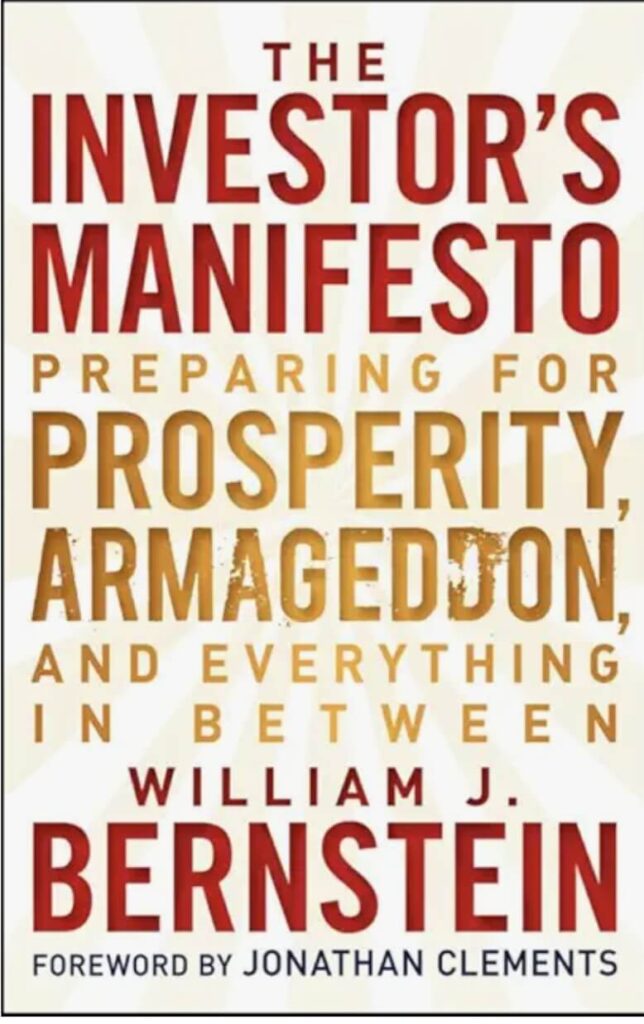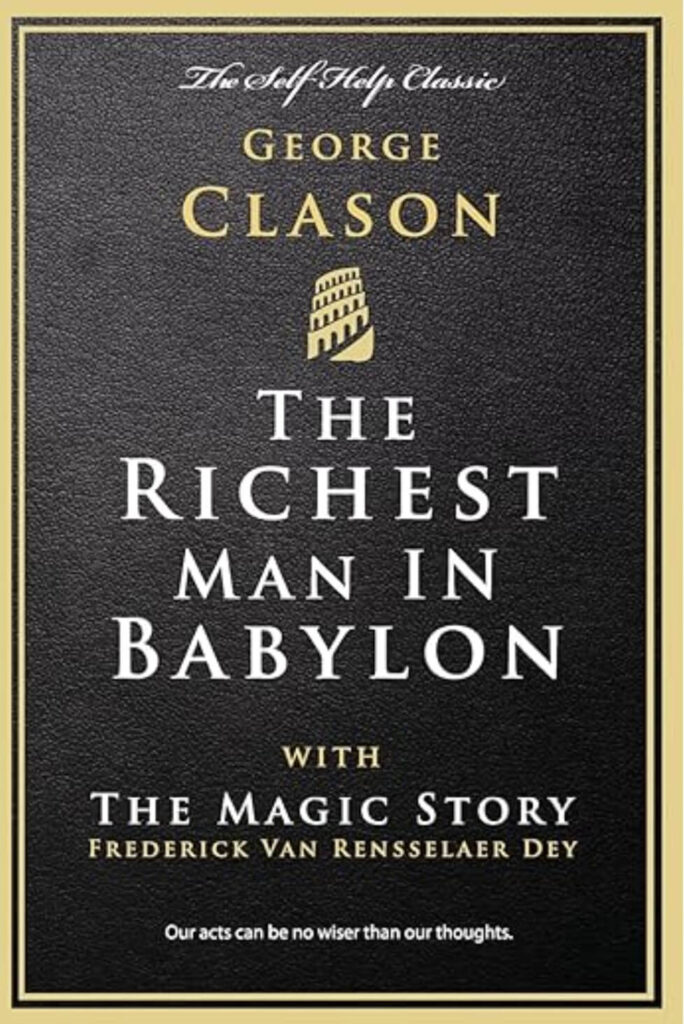How to Think Like the Rich—or Just Think About Thinking Like Them?
🎯 Introduction: The Final Piece of the Rich Dad Trilogy?
Rich Dad’s Guide to Investing positions itself as the third book in Robert Kiyosaki’s financial self-help trilogy, following Rich Dad Poor Dad and Cashflow Quadrant. This time, Kiyosaki sets his sights on investment strategy—not through the lens of stocks or bonds, but through his trademark cocktail of storytelling, mindset evangelism, and broad generalizations.
If Rich Dad Poor Dad was the red pill and Cashflow Quadrant the framework, Guide to Investing claims to be the instruction manual. But in reality, it reads more like a motivational seminar transcript than an actual investing guide. Once again, Kiyosaki promises financial freedom, but delivers it in vague parables, unverified claims, and circular advice that often feels like it’s looping back into itself.
🧠 Core Philosophy: Invest in Yourself Before You Invest in Anything
Kiyosaki makes a strong case that successful investing starts with mindset and education. In fact, much of the book is about becoming the “right kind of person” before even considering what to invest in. He argues that the average person is too financially illiterate, risk-averse, or trapped in employee thinking to invest successfully.
This idea is not without merit. Personal development is crucial. But the problem arises when Kiyosaki confuses internal transformation with actual strategy. For a book called Guide to Investing, there is astonishingly little investing in it.
Key themes include:
⦁ The rich don’t invest in “things”; they invest in ideas, teams, and systems.
⦁ The path to becoming a successful investor starts with becoming a successful entrepreneur.
⦁ It’s not about what you invest in, but who you are as an investor.
All fine in theory—but where are the chapters on valuations, diversification, portfolio construction, tax efficiency, or risk metrics? Spoiler: they aren’t here.
📦 What’s Inside: A Long-Winded Pep Talk Disguised as a Guidebook
The book is over 400 pages, but often feels like a padded motivational monologue. Kiyosaki revisits familiar territory: the failures of the school system, the importance of financial IQ, the value of entrepreneurship, and the superiority of the “rich mindset.” He continually praises his elusive “Rich Dad” mentor while downplaying “Poor Dad” and formal education, as usual.
Some recurring messages include:
⦁ You must learn to sell, lead, and understand systems before investing.
⦁ The rich create investments rather than chase them.
⦁ The stock market is for “amateurs” unless you’re a professional.
There’s also a lot of rhetorical buildup—chapter titles like “What Should I Invest In?” are followed by… vague commentary on mindset. Actual asset classes are rarely mentioned in depth. Index funds, ETFs, bonds, or even real estate mechanics are glossed over or completely ignored.
✅ What Some Readers Appreciate
🧠 Mindset Over Mechanics
If you’ve never thought of investing as an act of personal transformation, Kiyosaki’s philosophy might land with impact. The idea that investors need to build themselves before building wealth resonates with readers who are early on their financial journey.
🗣️ Motivational Tone
Kiyosaki writes with the cadence of a speaker at a real estate conference—bold, energizing, and contrarian. Readers who crave inspiration over instruction often find this tone invigorating, even if it lacks concrete substance.
🔁 Continuity With Prior Books
If you liked Rich Dad Poor Dad and Cashflow Quadrant, this book will feel like more of the same—an extended universe of Rich Dad ideology. Kiyosaki’s commitment to brand consistency is impressive, if nothing else.
❌ Where It Fails (And Spectacularly So)
📉 No Real Investment Guidance
Despite its title, the book contains little to no actual investing advice. Want to know how to analyze a company’s fundamentals? Not here. Curious about risk-adjusted returns or asset allocation? Forget it. Kiyosaki uses “investing” as a metaphor rather than a discipline.
🌀 Circular Logic
Much of the advice feels tautological: to be a good investor, you must be the kind of person who is a good investor. He often says things like “The rich create investments” or “The rich know how to turn ideas into assets,” but never breaks down how.
❓ Vague on Action
Kiyosaki suggests you must learn to build businesses before you invest—but gives no blueprint for how to do that. He says you need a great team, but doesn’t explain how to find or manage one. He encourages you to “think rich,” but offers no frameworks for strategic financial thinking.
💰 Anti-Market, Anti-Common Sense
Kiyosaki often dismisses traditional investment vehicles—like stocks and mutual funds—as pedestrian. While skepticism is healthy, his glorification of entrepreneurship and private deals comes off as elitist and risky. There’s little nuance, no talk of balancing risk, and zero mention of time-tested strategies like dollar-cost averaging or compounding.
🔍 Meta-Issues: A Self-Referential Sales Funnel?
At times, Rich Dad’s Guide to Investing reads more like a prelude to a $10,000 seminar than a book meant to stand alone. The recurring advice to “invest in your education” almost always leads back to Kiyosaki’s own programs, games, or coaching network. It’s hard not to see the book as part of a larger marketing funnel designed to upsell readers into the Rich Dad ecosystem.
And once again, Kiyosaki’s mysterious “Rich Dad” remains unverified and feels more like a narrative device than a real person. His teachings are presented as gospel, but never examined critically. It’s faith-based finance.
🧮 Compared to Other Investing Books?
Rich Dad’s Guide to Investing pales in comparison to serious investment literature. Consider:
⦁ The Intelligent Investor by Benjamin Graham: teaches valuation, margin of safety, and long-term discipline.
⦁ A Random Walk Down Wall Street by Burton Malkiel: explains market mechanics, asset classes, and investing history.
⦁ The Simple Path to Wealth by JL Collins: provides a clear roadmap for index investing with evidence-backed advice.
In contrast, Kiyosaki offers mindset musings without tools or tactics.
⭐ Final Verdict: ★★☆☆☆ (2/5)
Rich Dad’s Guide to Investing may serve as a confidence booster or philosophical nudge for readers stuck in fear-based thinking. But as an investment guide, it misses the mark entirely.
It’s long on theory and short on application. It promises insight and delivers rhetoric. For someone new to the world of investing, it might awaken curiosity—but you’ll need a real book to answer your questions once that curiosity takes hold.
Who Should Read It:
⦁ Fans of Kiyosaki looking to complete the trilogy
⦁ Readers who want a mindset shift, not a methodology
⦁ Aspiring entrepreneurs looking for a mental pep talk
Who Should Skip It:
⦁ Anyone wanting actionable investing strategies
⦁ Readers who value evidence, data, or step-by-step plans
⦁ Experienced investors looking for depth or nuance




